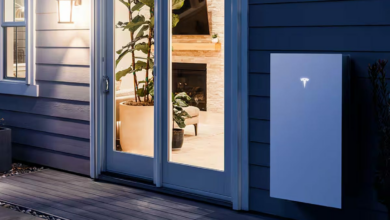I made a household cleaner with only 3 ingredients. Here’s how to do it
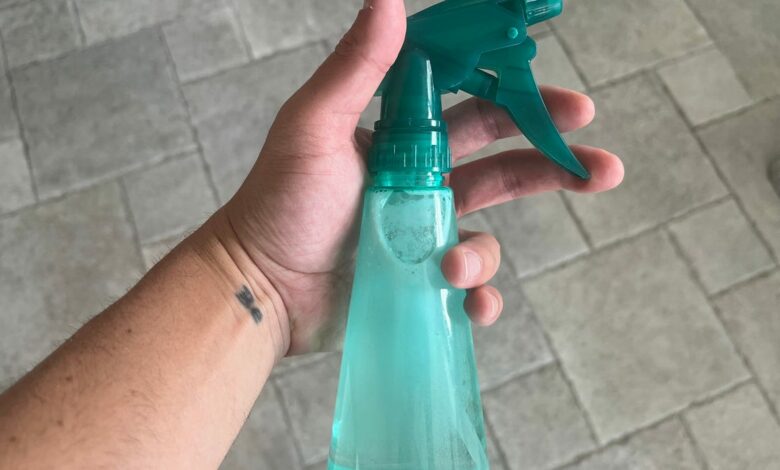
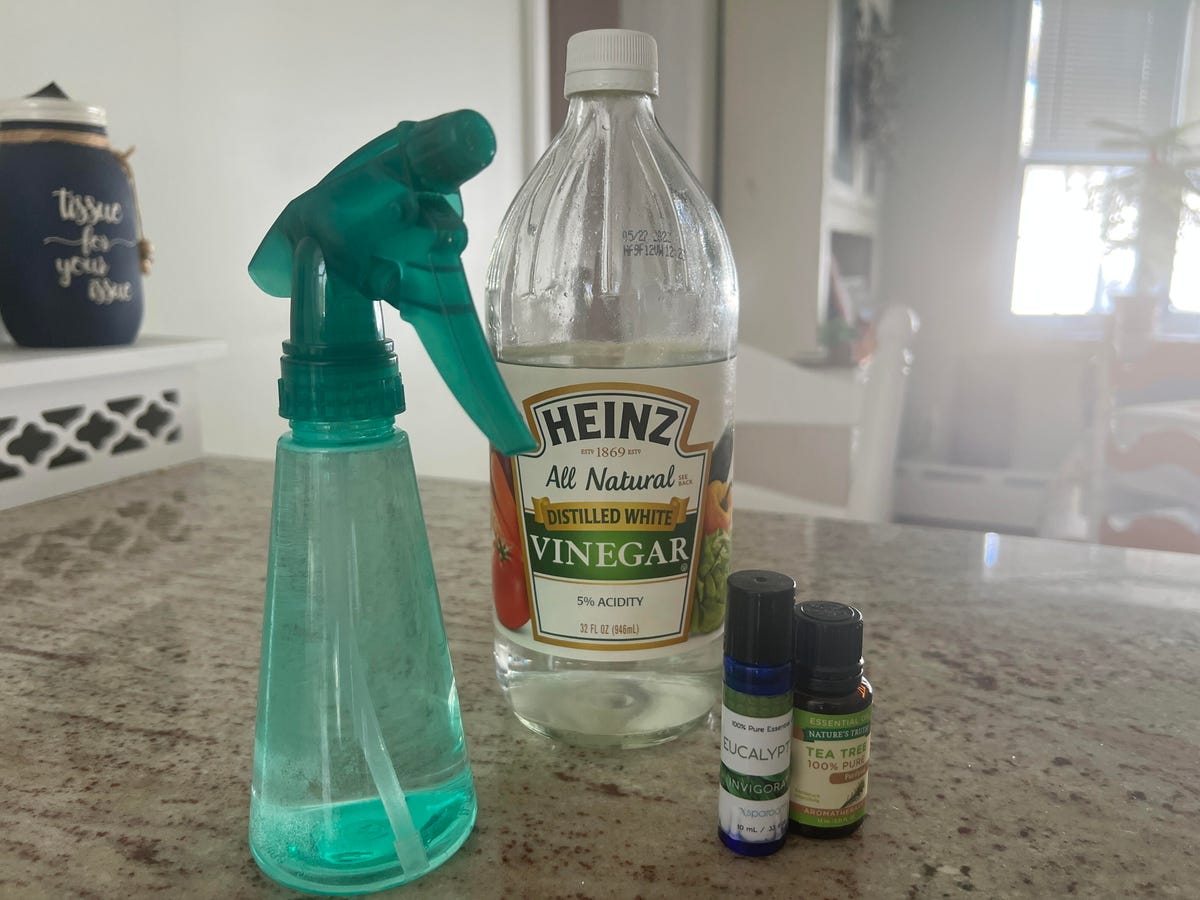
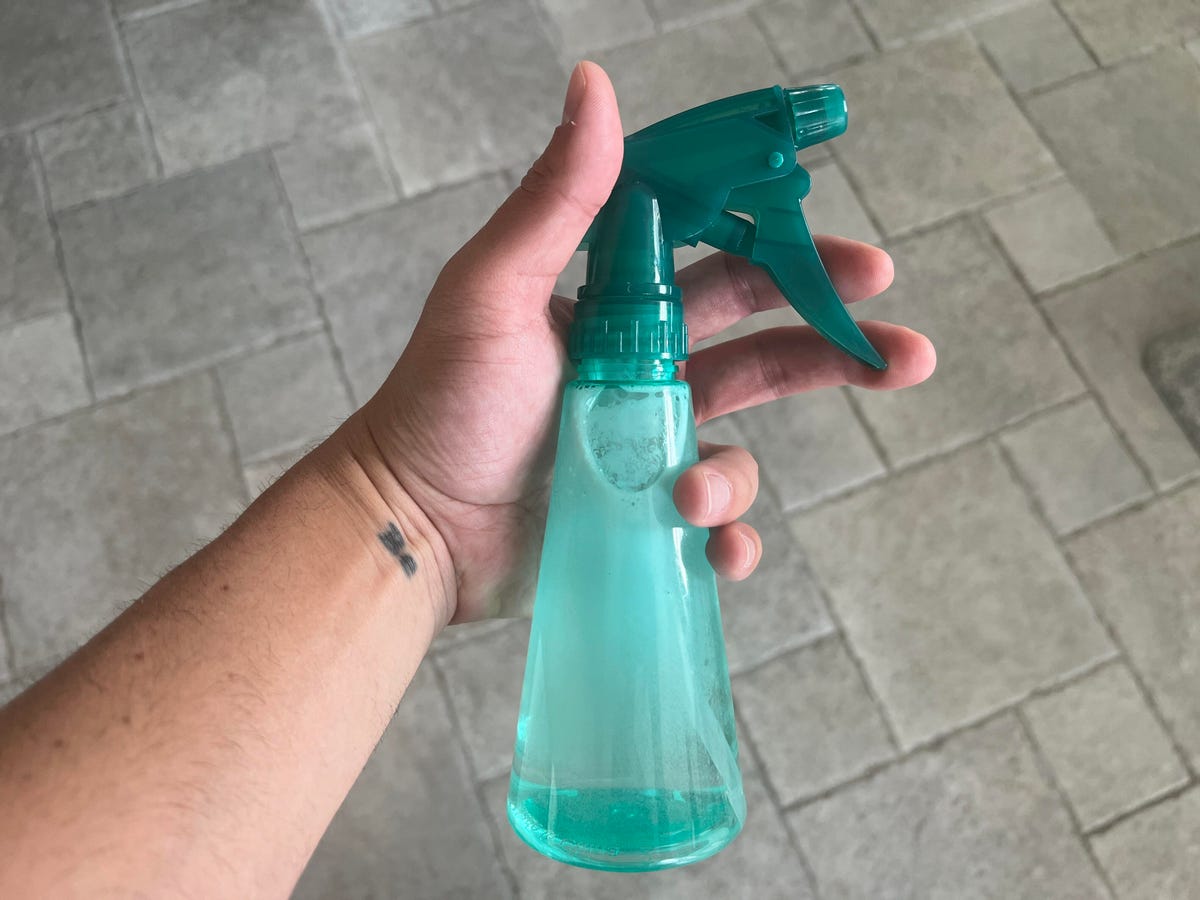
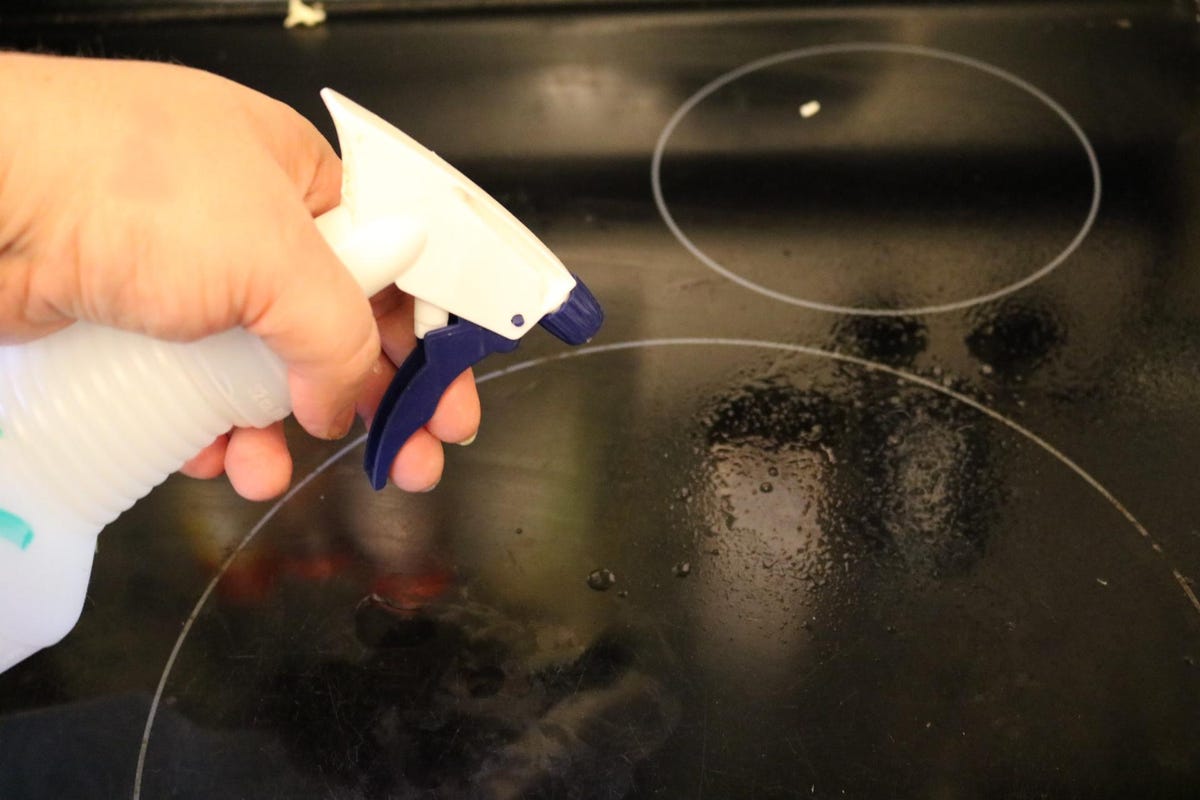
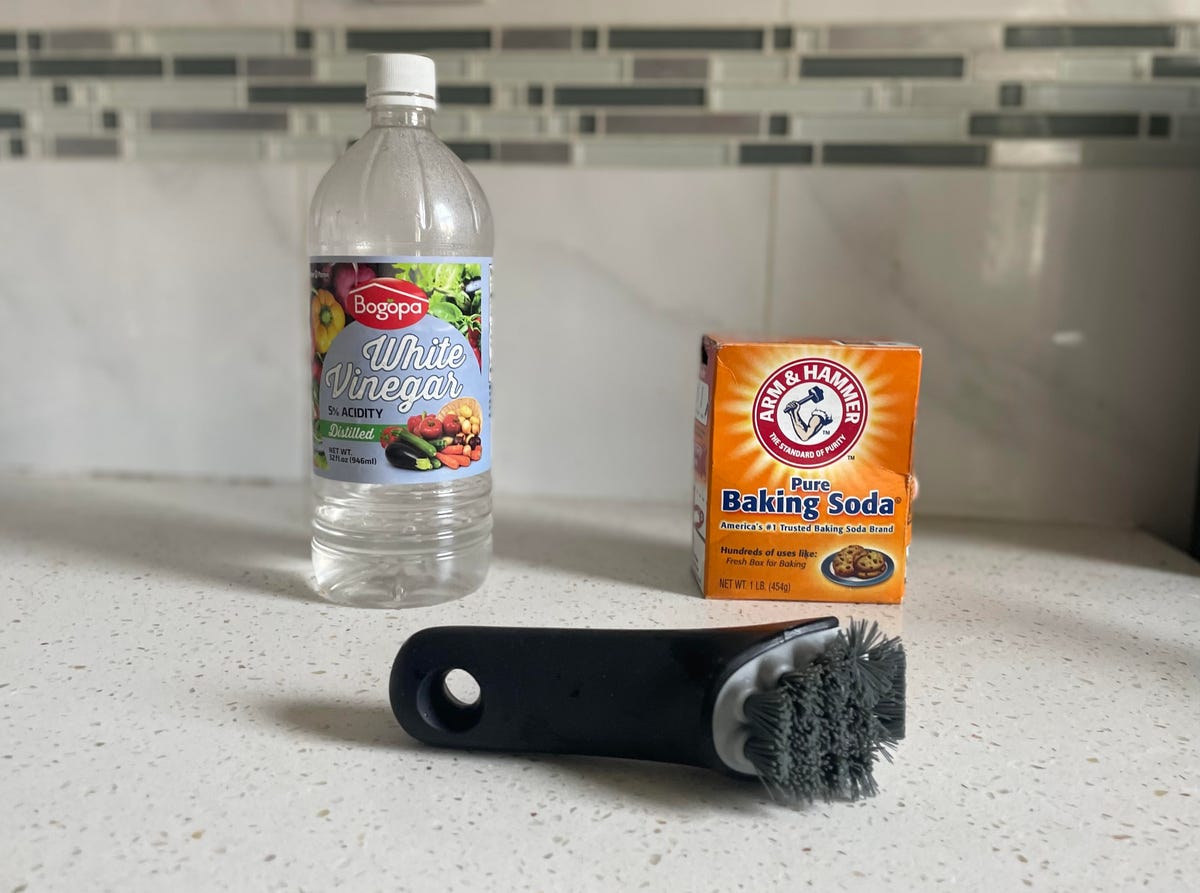

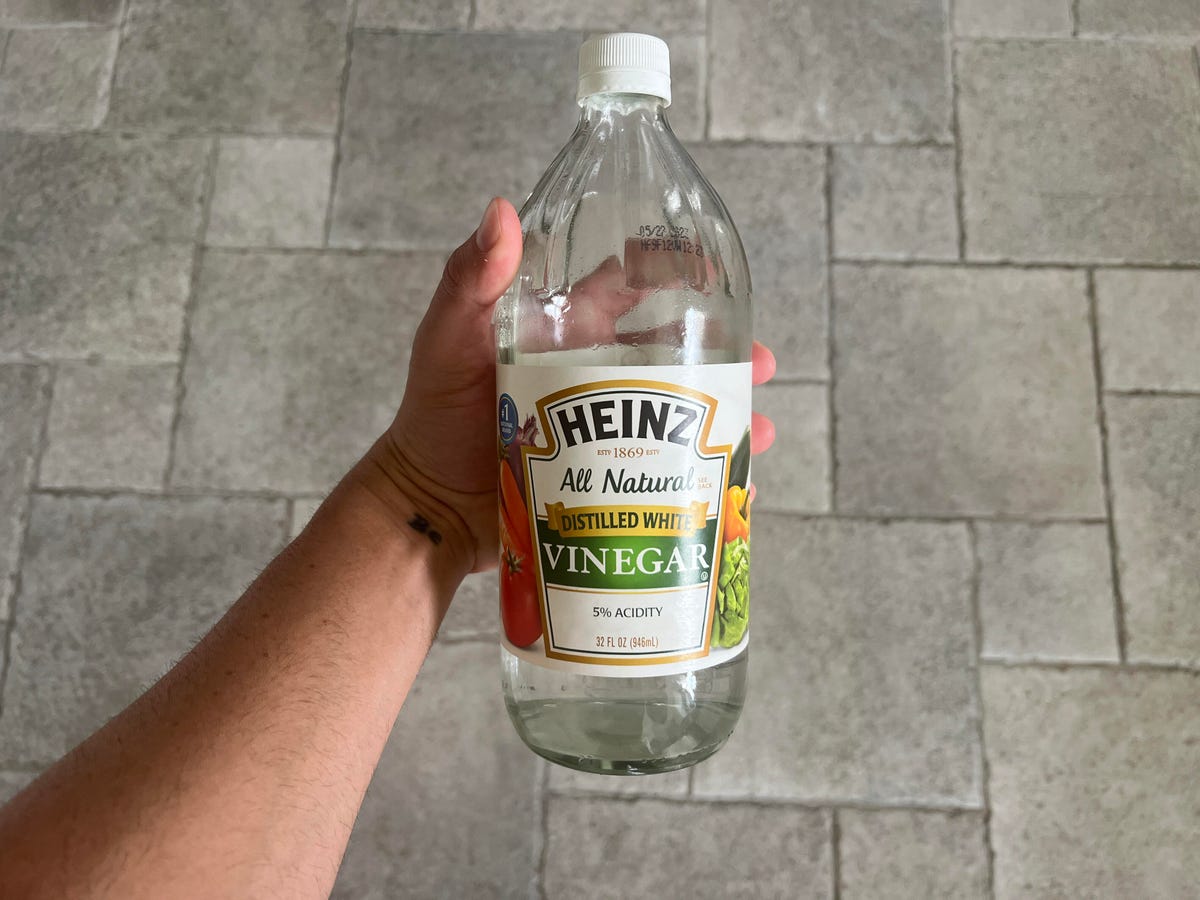
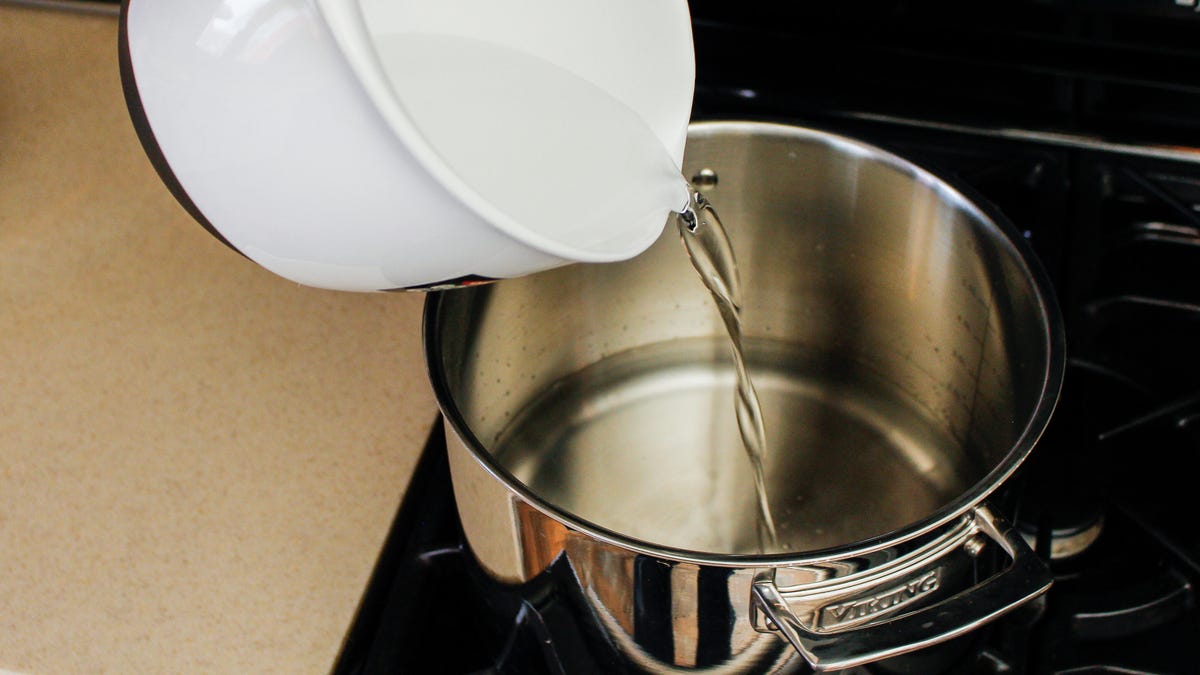
Summer is all about action, but all that playing and partying leaves a residue. If you’re a dusty or dirty home but don’t like harsh chemical cleaners, you can make a natural household cleaner in seconds with three common ingredients. It works for kitchens, bathrooms, tile floors and more, and it cleans just as well as cleaners with harsh chemicals. Oh, and it costs a lot less and smells better, too.
Those brand name sprays and wipes can be effective, but they’re not always the best for you or the environment. Studies have suggested that inhaling the fumes from these products can be harmful downright dangerous to your respiratory system. They can also accelerate the wear and tear of your furniture, especially if it is overused.
Mixing up a DIY cleaning solution is not only safer and more environmentally friendly, it’s also less expensive. From kitchen counters to bathroom sinks, there’s nothing this simple mix of easy-to-find liquids can’t clean. Anything that contains vinegar has its limitations. Be sure to check out the FAQ after the jump for a detailed list of uses.
Warning: Never mix ammonia and bleach. The two create a toxic chloramine gas that can be fatal if inhaled. Always read the ingredients list on a product before mixing it with another. Contact your poison control center for more information.
What you need:

For a fresh scent and extra cleaning power, you can add other essential oils or lemon juice.
Preparation method:
1. Grab an empty spray bottle and fill it with all of the ingredients, saving the water for last. If you want to remove stubborn stains and grime, use the vinegar. If you’re looking for a less abrasive spray that you can use on just about anything, use the soap.
2. Pour in the distilled water until the bottle is full. Depending on the size of the bottle, you may not use all of the water. That’s okay. A slightly stronger solution won’t damage your furniture or finishes.
3. Shake the bottle well to mix the ingredients.
4. While cleaning, spray and use a cloth or paper towel to absorb dust, streaks and dirt.

A custom-made, all-natural cleaner will boost your spring cleaning.
Why not use soap? And vinegar?
Castile soap and vinegar serve two different purposes. The former is milder, wiping away dust and dirt that rests on the surface. Vinegar is more intense, and when applied to areas like a sink drain or bathtub grout, it can remove stains and streaks that require a little acid and some extra elbow grease. The two ingredients also don’t mix well together, resulting in a spray bottle that can easily separate when not in use.

This cleaning solution is ideal for the kitchen and bathroom.
How long does this all-purpose cleaner last?
About a month if stored in a dry, cool place.
Why doesn’t this cleaner contain baking soda?

Vinegar and baking soda are a powerful combination for removing stains from cookware.
It is said that the properties of baking soda (a base) and vinegar (an acid) can actually cancel each other out when combined. It is better to use baking soda alone as a stain remover or sprinkle it on a surface as a mild abrasive before spraying and cleaning.
Read more: These pantry staples melt unsightly cookware stains in minutes
Why castile soap?

A little castile soap instead of vinegar makes for a milder cleaning agent.
Typically made from olive oil, this non-toxic, biodegradable, and eco-friendly ingredient is safe, effective, and will not damage most furniture. You can use it on almost anything in your home without worry.
Why vinegar and what can’t you use it for?

White vinegar is the key to this powerful, natural all-purpose cleaner.
Vinegar kills surface bacteria and is great for cleaning glass and mirrors, giving them a spotless shine. It should not be applied to sensitive stones such as granite or marble. The protective sealant can be damaged and leave cloudy stains that are both permanent and unattractive.
Are some essential oils better than others?
The scent is entirely up to you and your personal preference. There are a handful that offer additional benefits. For example, tea tree, lemon, peppermint, and eucalyptus are natural antibacterials, while grapefruit is a great antiseptic and disinfectant. Be sure to research which essential oils can be toxic to pets.
Why distilled water?

Distilling water is simple and provides the safest base for a cleaning solution.
You want to limit the amount of potential bacterial growth in your solution, and distilled water will accomplish this. Here’s how to make distilled water at home in five easy steps.


